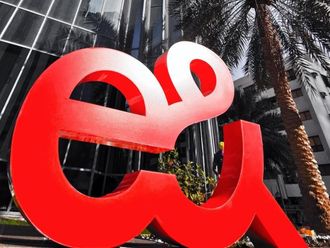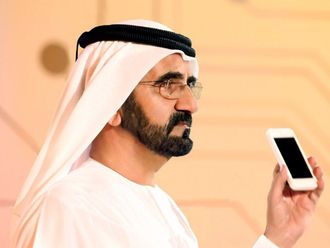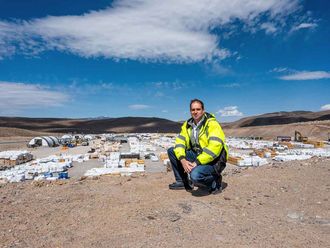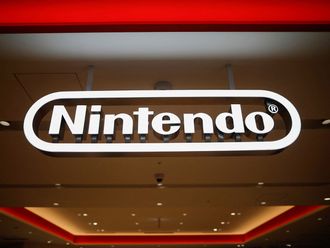Dubai: Spending on information and communications technology in the Middle East and Africa (including Turkey) is expected to reach $242.6 billion next year, an increase of by 3.6 per cent.
“The region is undergoing a transformation, not only on the technology side but also from an economic point of view. The year has been a particularly challenging, characterised by currency volatility, weak oil and commodity prices, and a subsequent softening of government spend,” said Jyoti Lalchandani, vice-president and regional managing director for International Data Corporation (Meta — Middle East, Turkey and Africa).
He said that digital transformation initiatives will top the chief information officer’s agenda in 2017, as emerging technologies are increasingly leveraged in an effort to drive desired business outcomes.
Ranjit Rajan, associate vice-president for research at IDC, said that over the next five years, the regional IT spending is going to change considerably. The hardware sector is expected to grow by 1.7 per cent, software by seven per cent, and IT services by 8.6 per cent.
“Organisations are willing to experiment with new technologies. The spending on data services is increasing due to the adoption of new technology. Telecom services are also increasing along with IT spending in the region,” he said.
In 2017, the IT spending in the UAE is expected to be flat at $6.2 billion, although it is expected to increase to $7.5 billion in Saudi Arabia and $10.5 billion in South Africa. The rest of the Gulf Cooperation Council countries are expected to spend a total of $3.5 billion next year.
He said the emergence and increasing traction of so-called ‘innovation accelerators’ such as the Internet of Things (IoT), robotics, cognitive systems, virtual reality, next-gen security, and 3D printing will both disrupt and boost this spending on the third platform (mobility, cloud, big data analytics, and social business).
Rajan said that the third platform has become main stream and the adoption rates have increased considerably.
He outlined five trends — cloud, big data analytics, innovation accelerators, security and Smart City initiatives — that are expected to shape the region’s investment landscape.
By 2018, Rajan said the average selling price of industrial robot will be one-fifth of what it is today, but have five times the capacity. Drones are being used more for remote monitoring, surveillance, construction and delivery services in the Gulf.
However, he said the deployment of commercial drones is plagued by regulations. Leading organisations in logistics, manufacturing, health, utilities and tourism are exploring the use of robotics. Use of humanoid robotics is emerging and 2017 could see the first signs of replacement of mainstream jobs by robots.












